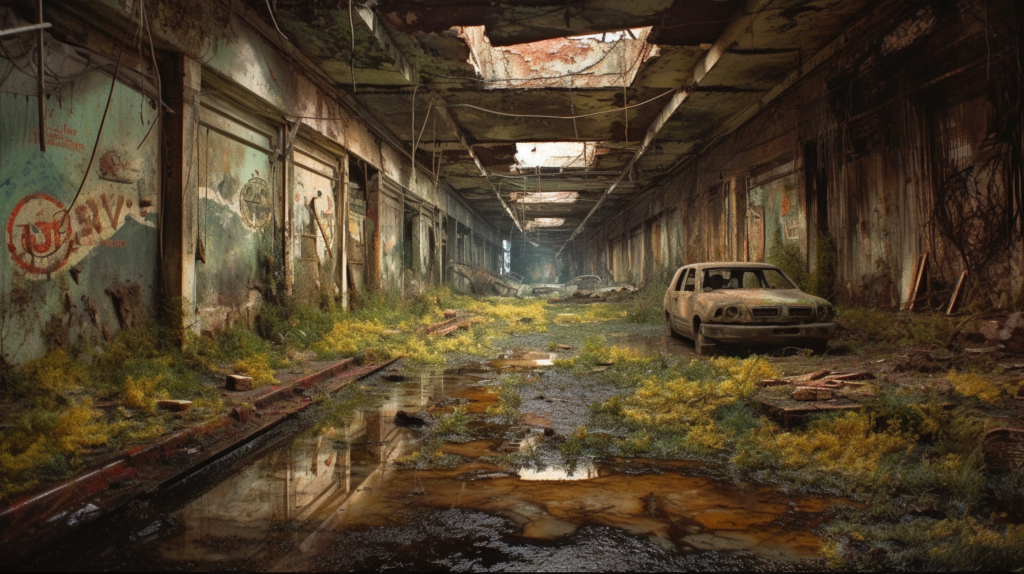
Unveiling Government’s Role in Post-Apocalyptic Literature
Welcome to “Understanding Government’s Role in Post-Apocalyptic Literature,” a blog where we delve into the fascinating intersection of political themes and speculative fiction. In this journey, we’ll explore how post-apocalyptic narratives offer a unique lens to examine various forms of governance, power dynamics, and their societal implications.
Selection of Novels:
- “The Handmaid’s Tale” by Margaret Atwood: A chilling depiction of a totalitarian regime in a dystopian future.
- “Station Eleven” by Emily St. John Mandel: Showcases a fledgling society emerging from the ashes of civilization.
- “The Road” by Cormac McCarthy: A lawless, anarchic world following an unspecified apocalyptic event.
- “Parable of the Sower” by Octavia Butler: Features a community-driven, democratic approach in a crumbling society.
Analysis of Governmental Dynamics
“The Handmaid’s Tale” by Margaret Atwood:

Totalitarian Control: Atwood’s Gilead is a stark representation of totalitarianism, where power is centralized and dissent is brutally suppressed. The regime uses religious doctrine to justify its authoritarian rule, showcasing how governments can manipulate ideology for control.
Social Stratification: The novel also delves into the creation of a rigid social hierarchy, where roles are assigned based on gender and fertility. This stratification serves as a tool for the government to maintain order and control, reflecting on how societal roles can be used as a means of governance.
Resistance and Rebellion: Despite the oppressive regime, the narrative also explores themes of resistance. The existence of underground movements and the protagonist’s subtle defiance highlight the human spirit’s resilience against authoritarian control.
“Station Eleven” by Emily St. John Mandel:
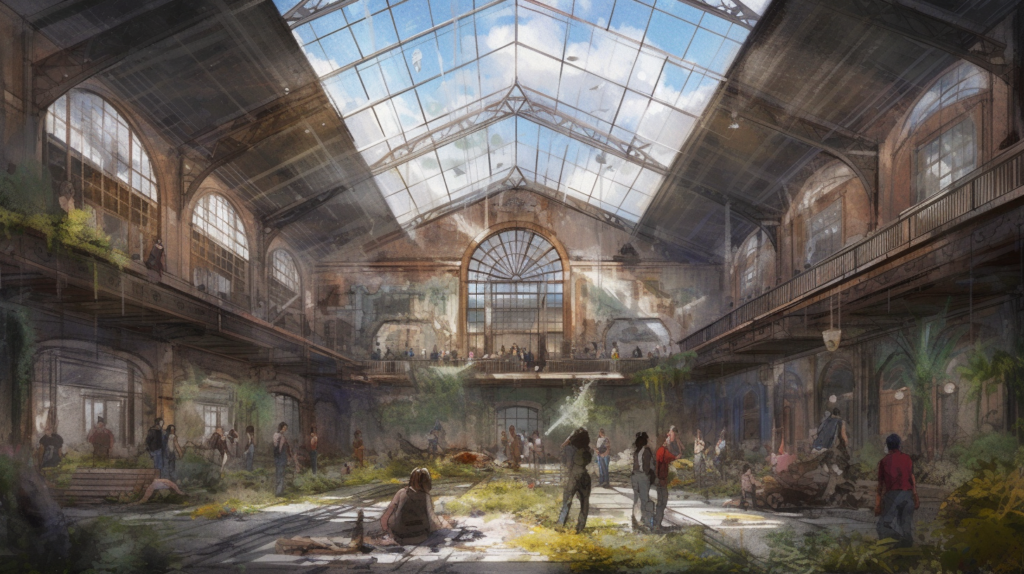
Rebuilding Society: In contrast to Atwood’s dystopia, “Station Eleven” explores the formation of new societies from the remnants of the old world. These emerging communities often adopt democratic principles, emphasizing the human desire for collective governance and mutual support in times of crisis.
Diversity in Governance: The novel presents a variety of governance models, from authoritarian cults to cooperative settlements. This diversity illustrates the spectrum of governmental structures that can emerge in post-apocalyptic settings.
Cultural Preservation: A key aspect of governance in this narrative is the emphasis on preserving culture and art, signifying the role of government in maintaining the identity and morale of a society.
“The Road” by Cormac McCarthy:

Absence of Formal Government: McCarthy’s world is an example of anarchy, where the absence of any formal government leads to a survival-of-the-fittest scenario. This setting prompts readers to consider the fundamental role of government in providing security and order.
Moral Ambiguity: The novel explores the moral choices made by individuals when there are no governing laws or societal norms, highlighting the ethical dilemmas faced in a lawless world.
Protective Governance: The relationship between the father and son in the story can be seen as a microcosm of a protective government, where the father’s primary role is to safeguard his child in a hostile environment.
“Parable of the Sower” by Octavia Butler:
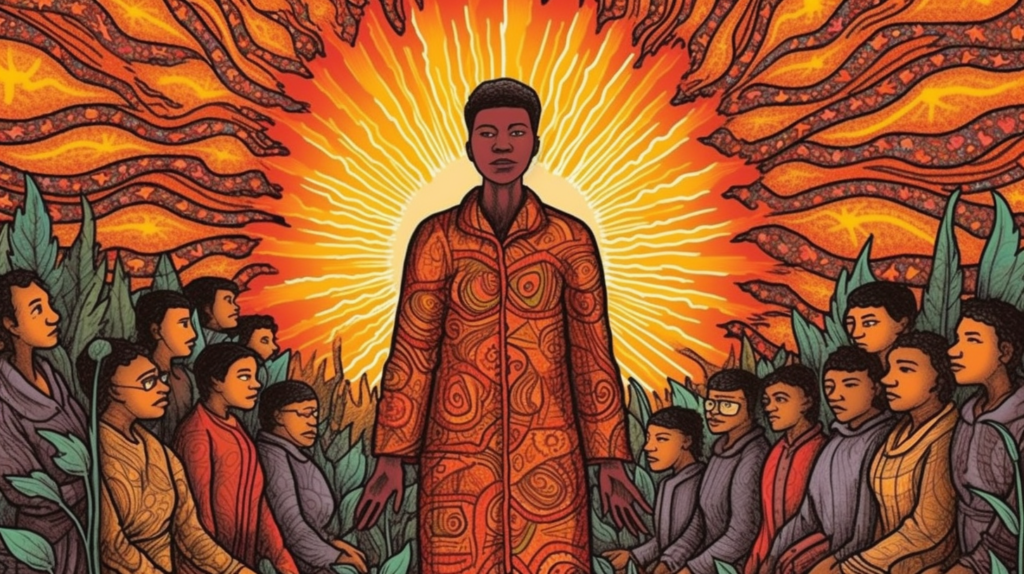
Community-Centric Governance: Butler’s novel presents a form of governance rooted in community and cooperation, contrasting sharply with authoritarian models. It suggests a more egalitarian and inclusive approach to post-apocalyptic governance.
Adaptive Leadership: The protagonist’s leadership style is adaptive and empathetic, focusing on the well-being of the community members. This reflects a shift from power-centric governance to a more service-oriented approach.
Vision for the Future: The novel also explores the idea of envisioning a better future as a form of governance, where leadership involves guiding people towards a shared, hopeful vision in the face of adversity.
Exploration of Power and Control Themes:
“The Handmaid’s Tale” by Margaret Atwood:
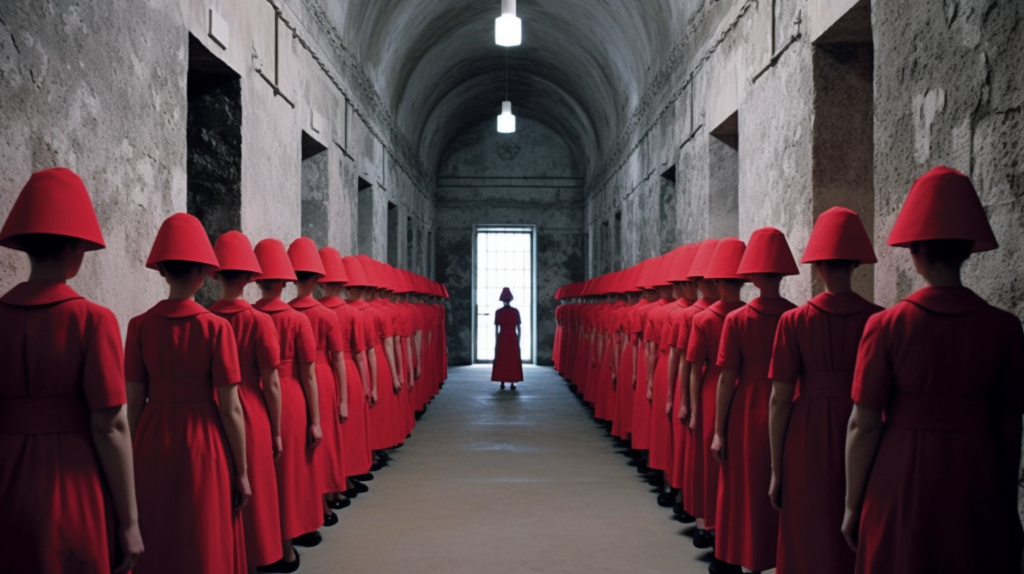
Power Through Subjugation: Atwood masterfully portrays power as a tool for subjugation and control. The regime’s use of religious and patriarchal structures to dominate and oppress, particularly women, serves as a chilling commentary on the abuse of power.
Surveillance and Fear: The novel also explores how power is maintained through surveillance and fear. The constant monitoring of citizens’ actions creates a culture of paranoia and compliance, reflecting on how power can be wielded to manipulate and control populations.
“Station Eleven” by Emily St. John Mandel:
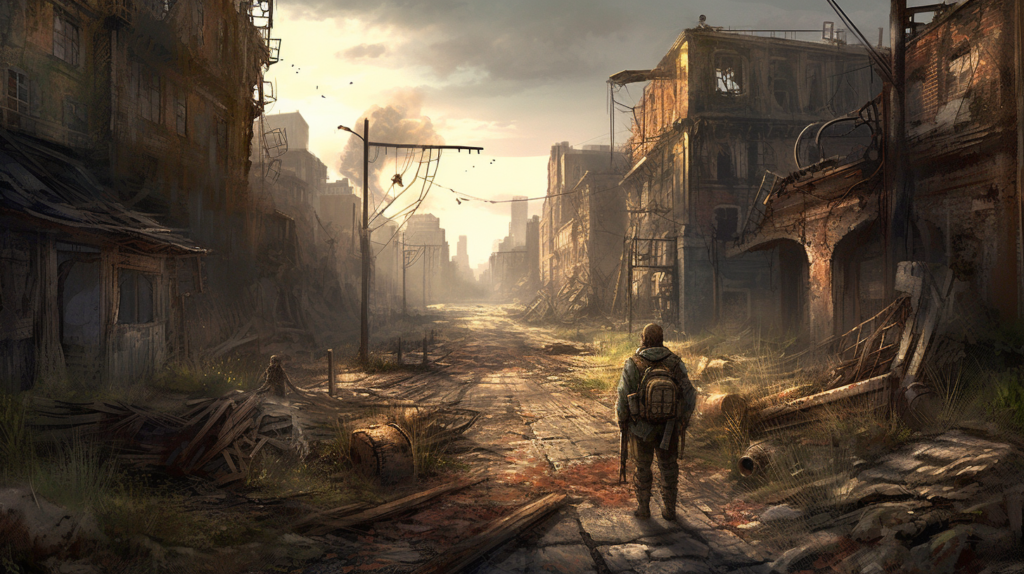
Power in Rebuilding: This narrative shifts the focus to the power inherent in rebuilding society. The characters’ efforts to retain or rebuild aspects of civilization (like the Traveling Symphony) highlight the empowering aspect of preserving culture and community.
Leadership and Influence: The novel also examines how leadership roles in post-apocalyptic societies can shape the exercise of power. The contrast between authoritarian leaders and those who lead through consensus underscores different approaches to power and control.
“The Road” by Cormac McCarthy:
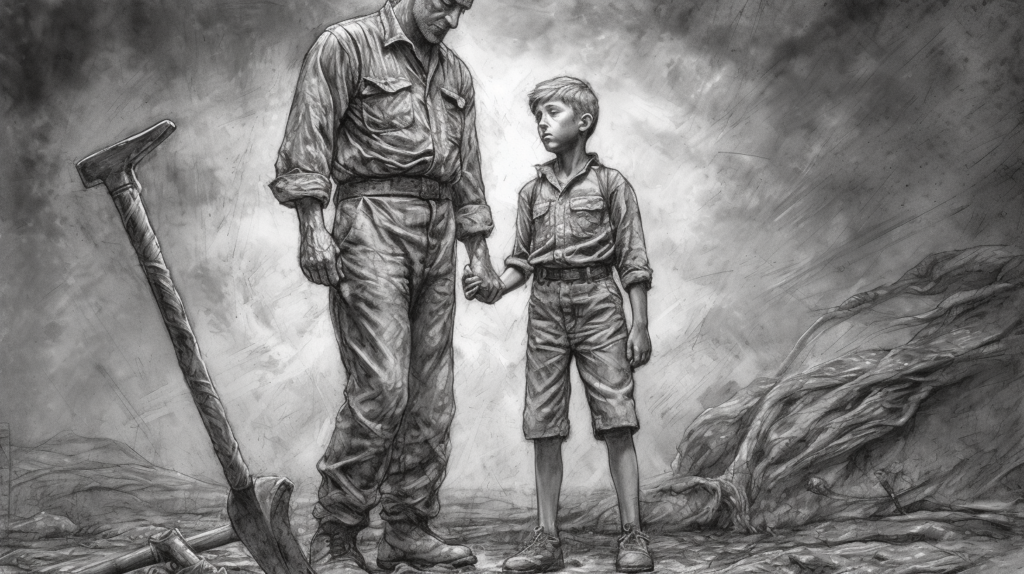
Power for Survival: In this stark landscape, power is stripped down to its most basic form – the power to survive. The characters’ daily struggle for survival in a lawless world brings into focus the primal aspects of power.
Moral Power: The novel also subtly explores the concept of moral power – the power of maintaining one’s ethical compass in the face of extreme adversity, as seen in the relationship between the father and son.
“Parable of the Sower” by Octavia Butler:

Empowerment through Community: Butler presents a unique perspective on power, emphasizing empowerment through community building and empathy. The protagonist’s ability to unite and lead people towards a common goal showcases a form of power rooted in cooperation and understanding.
Adaptability as Power: The novel also highlights adaptability and resilience as forms of power. In a world of constant change and uncertainty, the ability to adapt becomes a crucial power tool for survival and growth.
Analyzing Societal Ethics in Post-Apocalyptic Worlds: A Deep Dive into Governance and Morality
In exploring the societal and ethical implications within post-apocalyptic literature, we delve into a realm where extreme conditions magnify the consequences of governance and power dynamics. These narratives offer a profound reflection on our current societal structures and ethical standards.
Power Dynamics and Ethical Dilemmas in Crisis: Insights from Post-Apocalyptic Narratives
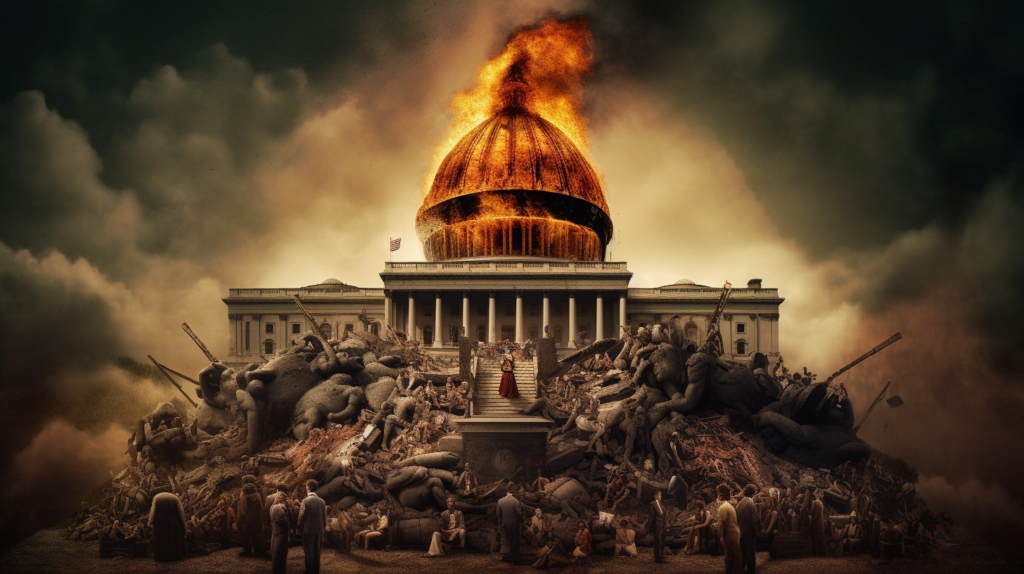
Post-apocalyptic settings often strip societies down to their core, revealing the fundamental nature of power and ethics. These narratives ask us to consider what happens to moral and ethical standards when traditional societal structures collapse. They challenge us to think about the ethical responsibilities of those in power, especially in times of crisis.
Survival vs. Morality:
A recurring theme in these stories is the conflict between survival and morality. Characters are frequently faced with choices that pit their survival instincts against their ethical beliefs. This tension reflects real-world dilemmas where individuals and governments must balance emergency responses with moral considerations.
Governance and Social Responsibility:
These novels often critique or highlight the role of governance in ensuring social welfare and justice. They prompt readers to consider how governments should act in the best interests of their citizens, especially in dire situations. This exploration serves as a commentary on the social contract and the responsibilities of governing bodies towards their constituents.
Human Rights in Extreme Conditions:
The extreme conditions depicted in post-apocalyptic literature bring into sharp focus the issue of human rights. The narratives often explore what happens to concepts like freedom, equality, and justice when society is in disarray. They force us to question the resilience of our current human rights frameworks under extreme stress.
Ethical Leadership and Decision-Making:
Leadership in these settings is often a study in ethical decision-making. Leaders in post-apocalyptic worlds are faced with choices that have far-reaching consequences, raising questions about the ethical frameworks that guide these decisions. It prompts a reflection on the qualities and values we deem important in our leaders.
Reflection of Contemporary Societal Concerns:
While set in speculative futures, these narratives often mirror contemporary societal concerns. Issues like climate change, pandemics, and political upheaval are reflected in these stories, providing a lens through which we can examine our current challenges and responses.
Insights and Reflections on Post-Apocalyptic Governance
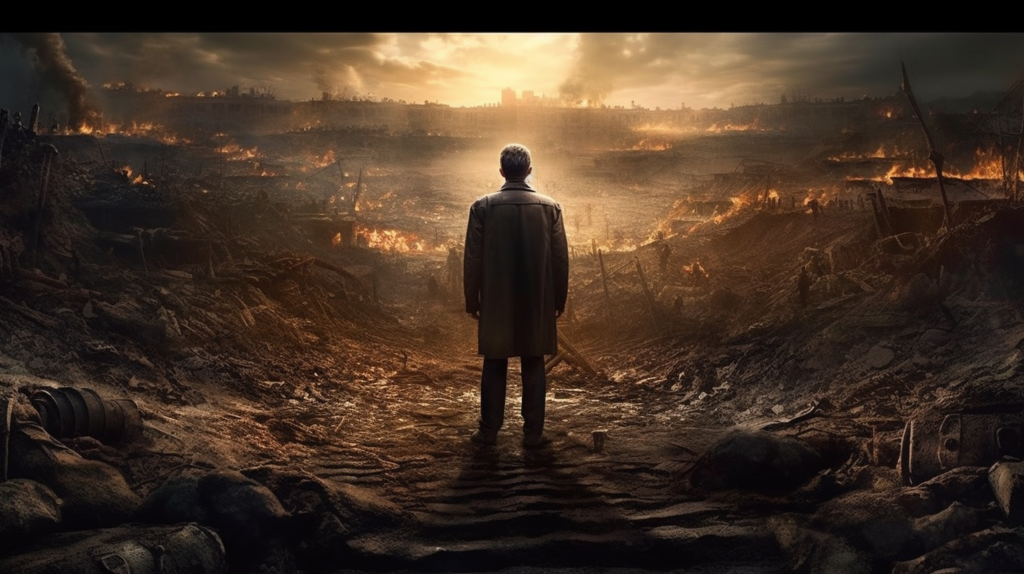
As we wrap up our exploration in “Understanding Government’s Role in Post-Apocalyptic Literature,” we’ve navigated through a landscape marked by the ruins of societies and the emergence of new forms of governance. These narratives not only captivate our imagination but also provoke deep thought about the nature of power, leadership, and societal structures in the face of extreme adversity.
In these stories, we find reflections of our own world – the ethical dilemmas, the struggle for survival, and the quest for a just and equitable society. They serve as a mirror, reflecting our fears, hopes, and the enduring human spirit. From the totalitarian regime of “The Handmaid’s Tale” to the cooperative communities in “Parable of the Sower,” these novels offer a rich tapestry of scenarios that challenge our understanding of governance and societal norms.
We invite you to delve deeper into the world of post-apocalyptic literature and its intricate political themes. For further reading and exploration, consider these resources on Goodreads:
Join the conversation, share your thoughts, and let’s continue this fascinating journey through the ruins and rebirths of societies as depicted in post-apocalyptic literature. Your insights and perspectives are invaluable in this ongoing dialogue about the role of governance in shaping our narratives and our world.
